table of contents:
Introduction
Coverser and overlocker , these two machines, both formidable and feared in sewing, raise many questions among enthusiasts and beginners alike. Should you invest in a serger or a coverser ? What are they really used for? Are they redundant or complementary in a modern sewing workshop? If you are wondering about the difference between an overlocker and a coverser , you are in the right place.
In this comprehensive article, we'll clearly decipher the role of each machine, their specific functions , the stitches they perform, and their advantages depending on your level or projects. Whether you're looking to sew stretch fabrics with precision, achieve professional finishes , or understand which sewing equipment best suits your needs, this guide will take you step by step.
Thanks to a comparison table, buying advice and concrete recommendations, you will finally know if you need a coverstitch machine , an overlocker , or… both!
Get ready to discover a duo of essential machines to enhance your textile creations.
What is the difference between a coverstitch machine and an overlocker?
Before you know which one to choose, you need to understand what a coverstitch machine and a serger do. These two machines have very different roles in the sewing world, and confusing them can lead to an inappropriate purchase. Here's how they clearly differ.
What is an overlocker used for?
The overlocker is designed to join fabrics together while trimming excess material and creating a clean finish. It is ideal for stretchy or easily frayed fabrics. Widely used for clothing, it provides a professional and durable finish.
It uses 3 to 5 threads and 2 needles to create a very strong overlock stitch , often used for inside seams of clothing. It is fast, efficient and essential for anyone who wants to sew neatly.
- Layer, cut and overlock in one pass
- Essential for stretch fabrics and jerseys

What is a cover-covering machine used for?
The coverlock machine does not assemble fabrics. Its role is to create professional hems , particularly on t-shirts, leggings, or sportswear. It creates a visible cover stitch on the right side and loops on the wrong side.
It works with 2 to 3 needles and 3 to 4 threads, and allows you to sew elastic hems without ripples. The coverstitch machine is therefore perfect for finishing edges, but does not replace an overlocker .
- Specializing in flat and elastic hems
- Perfect finish on mesh, jersey, lycra
The main differences to remember
Here is a clear summary of the essential differences between these two machines:
| Function | Overlocker | Coverer |
|---|---|---|
| Main utility | Assembly + finishing of edges | Finishing the hems |
| Number of threads | 3 to 5 | 3 to 4 |
| Product points | Overlock | Cover point |
| Cut the fabric? | Yes | No |
| Type of sewing | Internal edges | Visible hems |
Coverseal and overlock: are they complementary?
We often think that we have to choose between the two, but in reality, they are two machines with very different but perfectly complementary uses, especially in stretch or sports sewing.
Common points between the two machines
Although they don't do the same job, the overlocker and the coverstitch machine share several useful features to know.
- Fast machines designed for professional finishing
- Suitable for stretchy or delicate fabrics
- Requires precise threading and proper adjustments
Practical complementarities in sewing
In sewing, the ideal is to have two machines to benefit from a complete work chain: the overlocker allows for clean assembly, while the coverstitch machine finishes the garment with a soft and clean hem.
- The overlocker ensures the strength of the interior seams
- The coverer elegantly finishes the visible edges
- Together, they make it possible to produce professional clothing from A to Z.

Should you invest in a coverstitch machine or an overlocker?
Choosing between a coverstitch machine and an overlocker depends on your practice, your budget, and the types of fabrics you use. Each machine has its advantages, but they are not interchangeable. Here's how to help you decide.
For beginners in sewing
If you're new to sewing and want to improve your finishing, a serger is a good first investment. It allows you to quickly assemble pieces with a clean finish. A coverstitch machine can be added later, once you've mastered the basics.
- Priority to the overlocker for its versatility
- Easy to use after a short learning period
For regular or professional seamstresses
If you often sew jersey or lycra garments, having both machines is a definite plus. The coverstitch machine then becomes essential for achieving a flawless, stretchy hem.
- Double investment for a professional result
- Save time and improve quality on all finishes
Are there any combination machines?
Yes, some brands offer combined overlock/coverstitch machines (also called combi or 5-thread ). They are practical but often more complex to set up and less efficient than two separate machines.
Comparative table of functions and uses
Here is a summary table to better visualize the differences between a cover machine and an overlocker :
| Criteria | Overlocker | Coverer |
|---|---|---|
| Main function | Edge finishing, assembly | Hems, cover stitches |
| Number of threads | 3 to 5 | 2 to 4 |
| Point type | Overlock | Cover point |
| Recommended fabric | Stretchable, woven | Mesh, stretch |
| Typical use | Borders, quick sewing | T-shirt hems, stretch finishes |

How to use a coverstitch or overlock machine properly?
Mastering these machines takes a little practice. Here are some simple tips to help you get started and avoid common mistakes.
Best practices with an overlocker
- Adjust the tension correctly according to the fabric
- Use quality threads to avoid jams
- Test the settings on a scrap piece before starting the project
Best practices with a cover cropper
- Choosing the right needles according to the thickness of the fabric
- Maintain constant pressure on the fabric
- Check the result on the reverse side after each seam
Bonus for coverstitch and overlock machines: our selection of models
To help you make the right choice, here is a selection of reliable machines, available from specialist retailers or online.
Recommended Coverers
- Janome CoverPro 3000 : easy to use, very precise
- Juki MCS-1800 : robust, perfect for experienced seamstresses
Recommended overlockers
- Juki MO-2000QVP : automatic threading, very intuitive
- Janome Airthread 2000D : excellent value for money

FAQ about overlocker
Which machine should I buy first?
The overlocker is generally more versatile and recommended as a first purchase.
Can a coverstitch machine replace an overlocker?
No, their functions are different: the cover machine does not cut or assemble the fabrics.
Is a combination machine a good idea?
It can be practical for saving space, but it is often more complex to adjust.
What stitch does a cover stitch make?
The cover stitch , ideal for visible hems on knitted garments.
Do you need to be an expert to use these machines?
No, but a little adaptation time is necessary, especially for threading and adjustments.
Conclusion
Choosing between a serger and a cover stitch machine isn't a matter of preference, but rather of need. A serger is perfect for joining fabrics and finishing edges neatly, while a cover stitch machine is ideal for stretch hems and visible finishes. These two machines complement each other wonderfully in a workshop, especially if you regularly work with jersey , knitwear , or any other stretch fabric .
If you're just starting out, consider an overlocker. If you're looking for professional-quality finishes, adding a coverstitch machine is a great investment. Take the time to identify your projects, budget, and sewing skill level. This will help you make the right choice and get the most out of your sewing equipment .
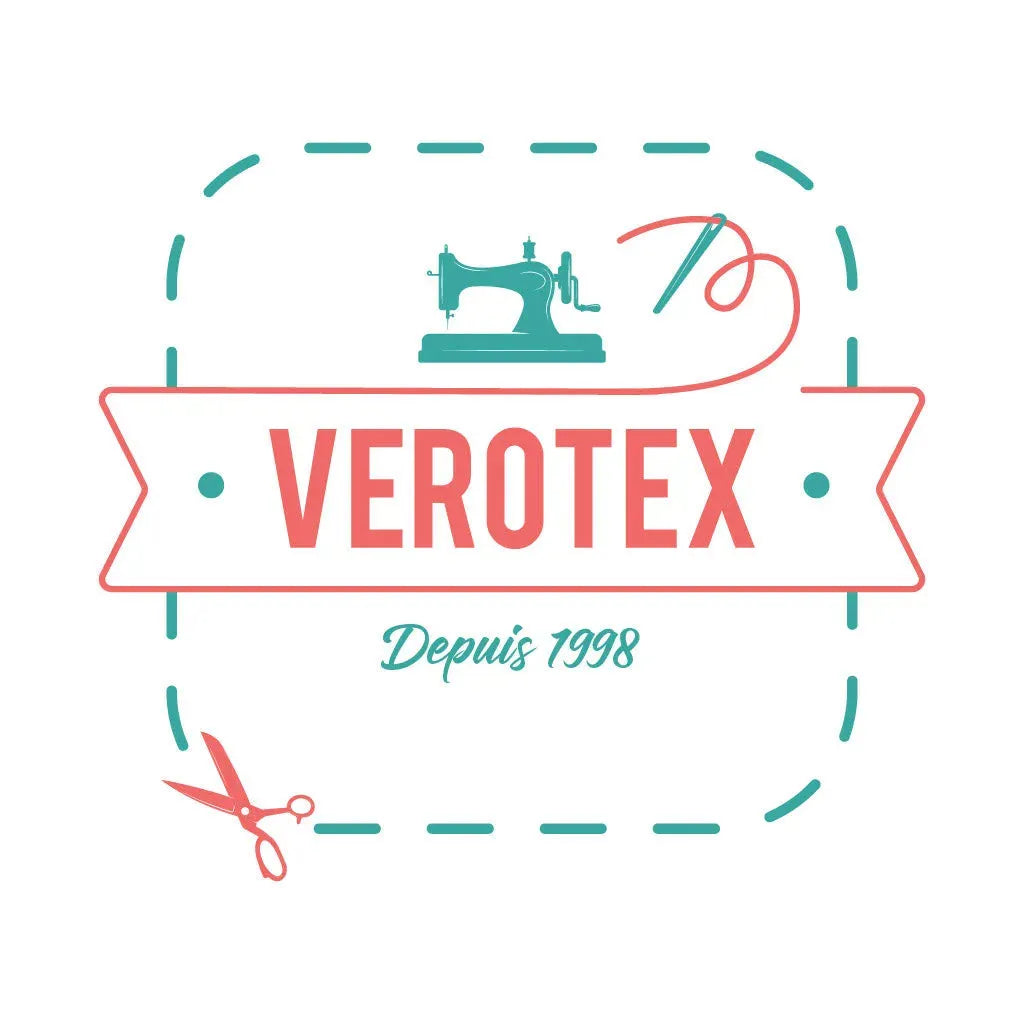
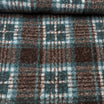



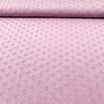
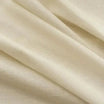
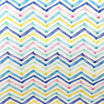

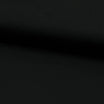

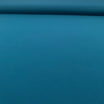
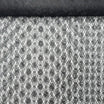
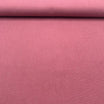
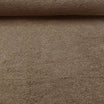

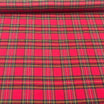
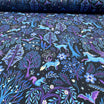
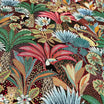

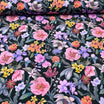
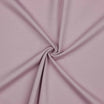
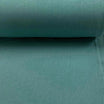
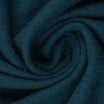
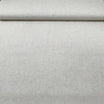

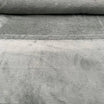
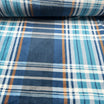

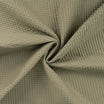




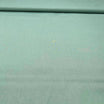
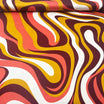


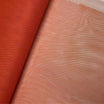

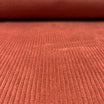
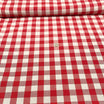
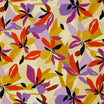
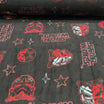
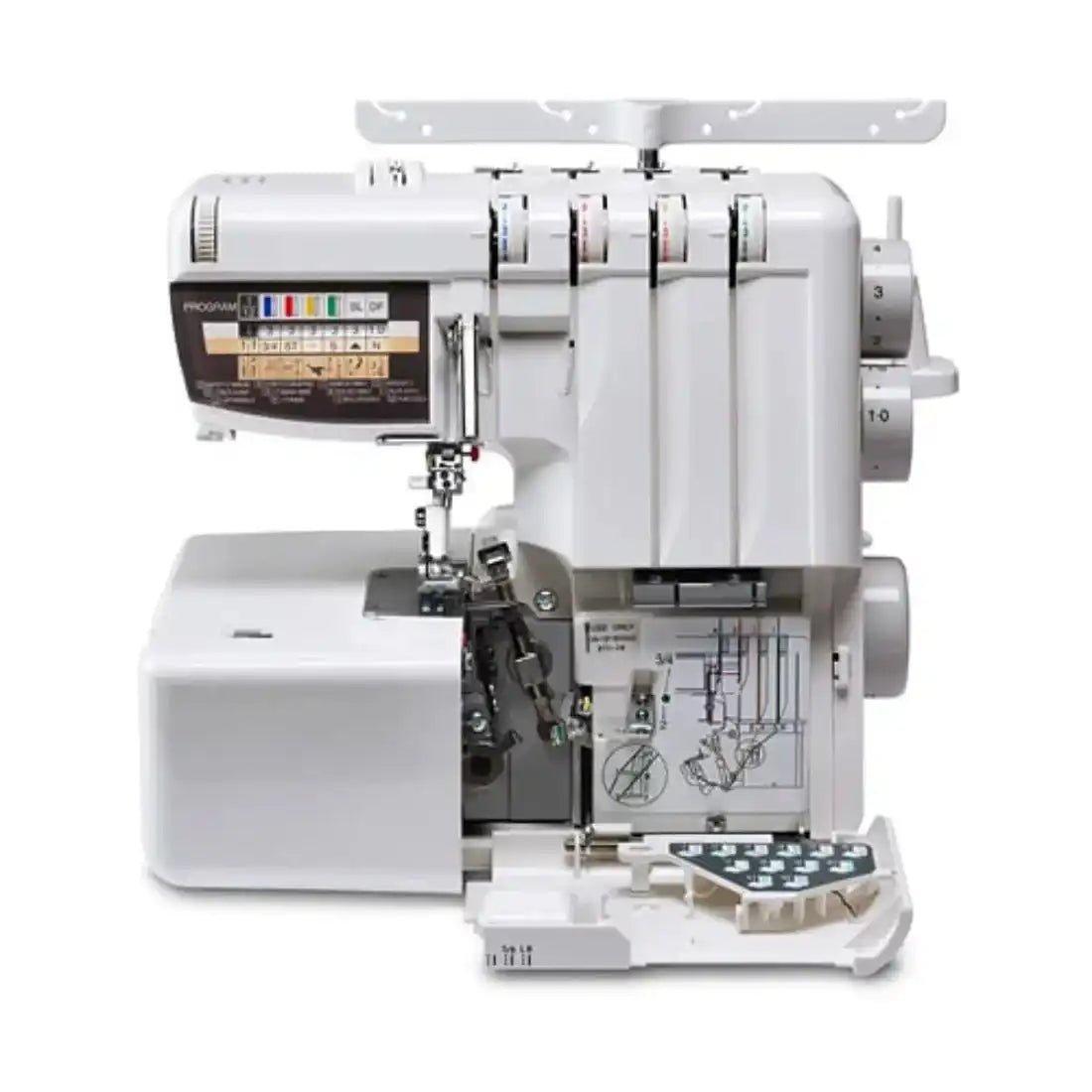
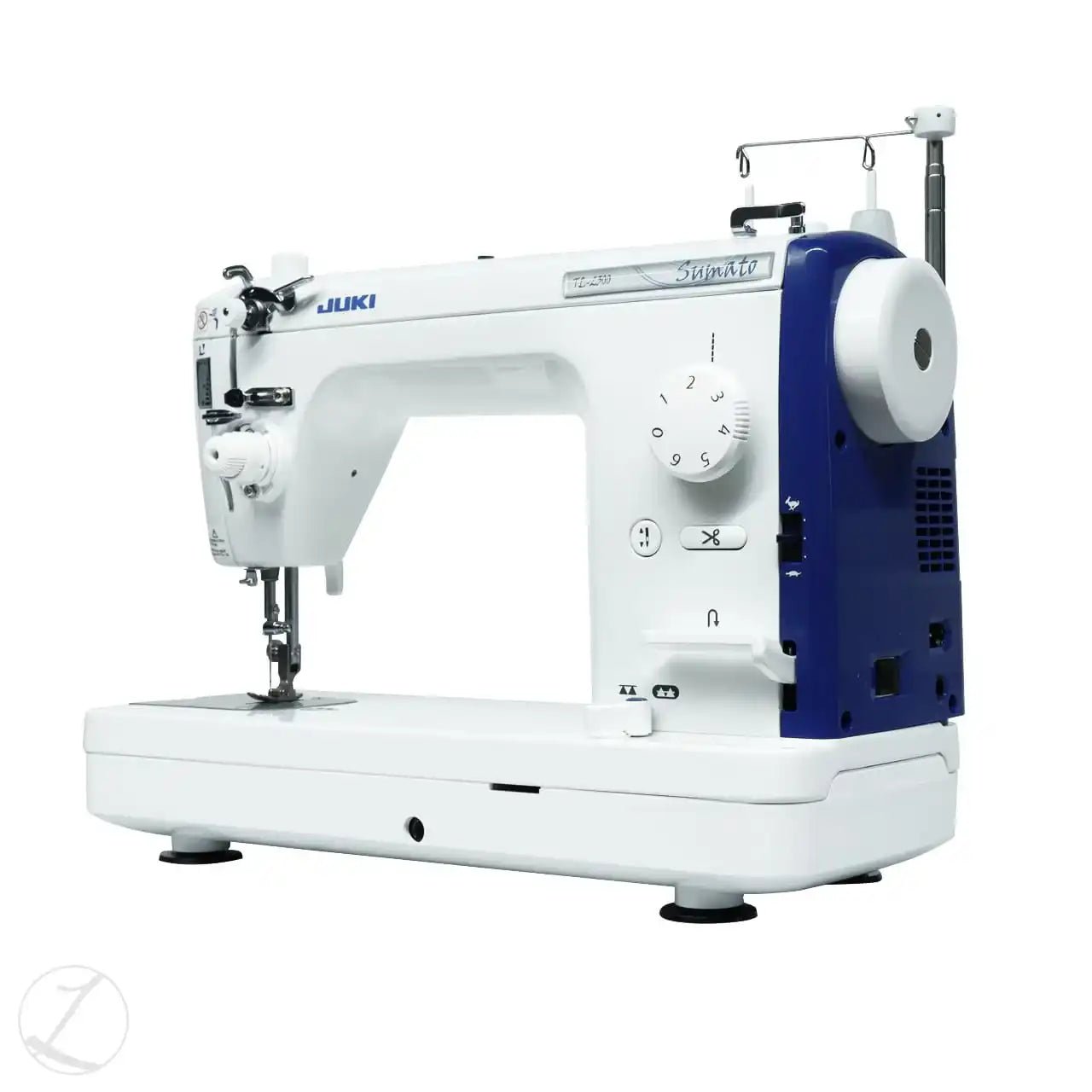
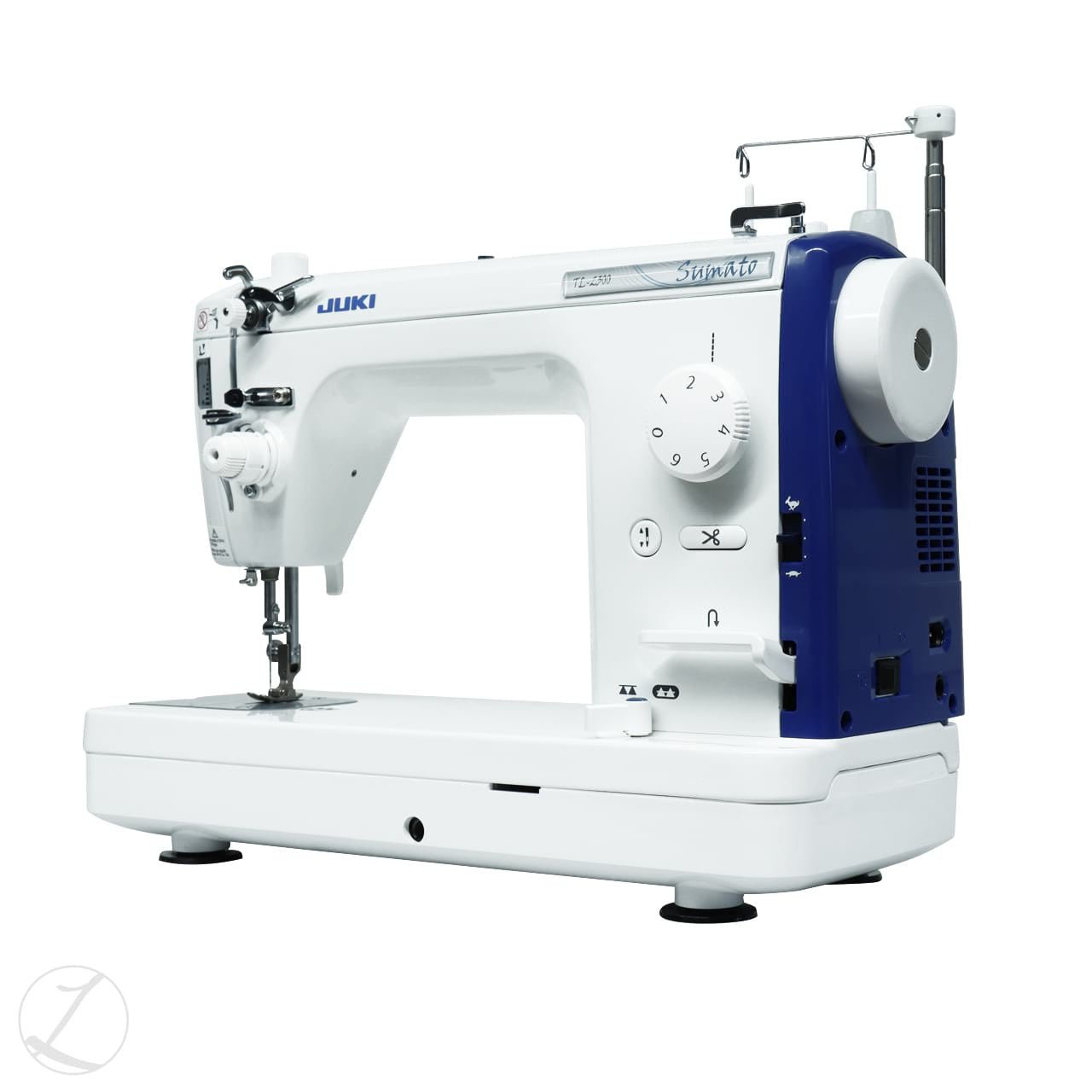
Leave a comment
All comments are moderated before being published.
This site is protected by hCaptcha and the hCaptcha Privacy Policy and Terms of Service apply.